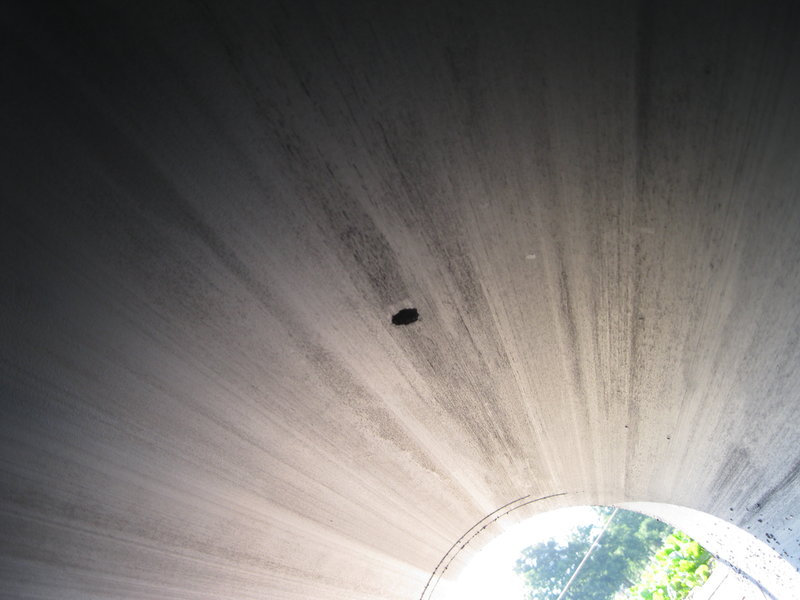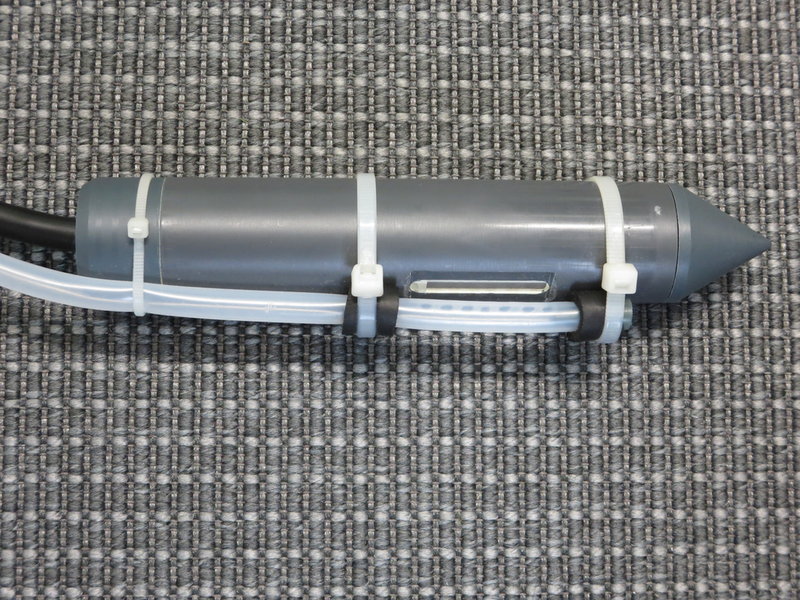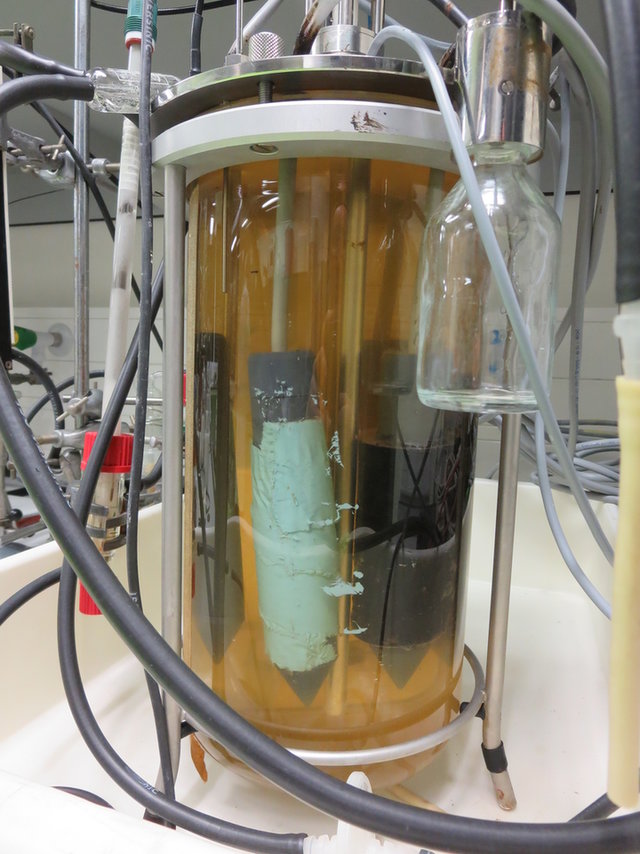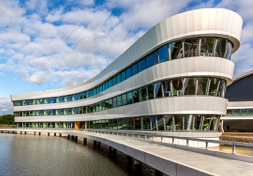Microbiologically Influenced Corrosion (MIC) is corrosion affected by microorganisms. These organisms can alter the environment in such a way that steel corrodes faster. Some organisms even accelerate corrosion through direct contact with the steel.
MIC is seen in all kinds of steel infrastructure, such as sheet piling, underground pipelines, offshore wind turbines or steel pipes. MIC can strike wherever steel comes into contact with a damp environment and where micro-organisms can live.
The cost of corrosion in general amounts to 3% of global GDP.
And good protection can really cut that bill.
Is there a single species of MIC organism?
No, there are many different microorganisms that can cause MIC. And every year, new species and mechanisms are discovered. Microorganisms are everywhere where water, nutrients and favourable living conditions are present. Obviously, Deltares keeps a close eye on all developments.
Can anything be done?
Fortunately, yes. For example with coatings to isolate the steel from microorganisms. Another example is cathodic protection, which slows down the corrosion process by applying a protective electrical voltage to the steel. The rule of thumb for every protection measure is: “make an informed decision about the right protection”.
What Deltares does
Deltares has been researching MIC for more than ten years in laboratory and field experiments. We are constantly learning more about when MIC occurs and what can be done about it. We use that knowledge to help clients protect their steel infrastructure, extending the lifespans of pipes, sheet piling or wind turbines.
Do climate change or water quality play a role?
The field is too complex to make a direct link between climate change, water quality and MIC. Nevertheless, the activity of micro-organisms is affected by temperature, nutrients, and other environmental factors. There are many types of microorganism, each with their own preferred growing conditions.
Innovative research with MIC sensors
Deltares has developed MIC probes. They consist of a steel surface with a layer of MIC organisms. They are ideal measuring instruments to study the effects of different environments or countermeasures.




